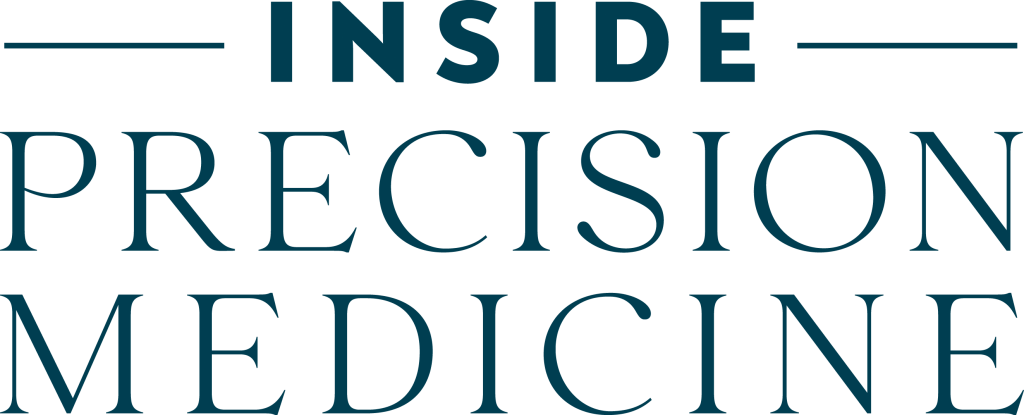
139 Results
Sort By:
Format
Publication Date
Glioblastoma Cancer Cell Vulnerabilities Exposed
- Digital Article
- Digital Article
Published on November 30, 2022
In a new study, a team of researchers from Flinders University and the South Australian Health and Medical Research Institute (SAHMRI) have discovered new potential ways to target vulnerabilities in glioblastoma cancer cells. Their findings were published recently in the journal Trends in Cancer. “Glioblastoma (GBM) remains the most lethal…
Genetic Biomarker Indicates Risk of Benign Breast Cancer Turning Malignant
- Digital Article
- Digital Article
Published on November 21, 2022
A team of researchers mapping a molecular atlas for ductal carcinoma in situ (DCIS) has made what they describe as “a major advance” toward distinguishing whether early pre-cancers in the breast will develop into invasive cancers or remain stable. Analyzing samples from patients who had undergone surgery to remove DCIS,…
Genetic Variants Linked to Long-Term Lyme Disease Identified
- Digital Article
- Digital Article
Published on November 15, 2022
Research led by Johns Hopkins University and Icahn School of Medicine at Mount Sinai has revealed a specific gene expression signature that differentiates people with long-term Lyme disease from those with acute disease or uninfected controls. The scientists also identified a diagnostic signature including 35 genes for any type of…
Paving a Data-Savvy Path to Ultra-High-Throughput Genomics
- Magazine Article
- Digital Article
- Digital Article
Published on October 14, 2022
The All of Us project aims to enroll a million volunteers, as do the Mount Sinai Million Health Discoveries Program and the Taiwan Precision Medicine Initiative. U.K. Biobank already has 500,000 participants and has made the entire genomes of 200,000 people available to scientists—the world’s largest single release of whole-genome…
Illumina and AstraZeneca Ink AI-Based Drug Discovery Pact
- Digital Article
- Digital Article
Published on October 12, 2022
Illumina and AstraZeneca have signed a pact to accelerate drug target discovery using artificial intelligence (AI) and genomic analysis techniques. The pair aims to increase the yield of target discovery to find promising drugs based on human omics insights. “Illumina and AstraZeneca are uniquely positioned to improve the efficiency of…
Microfluidic Platform Speeds Search for Optimal Cancer Drug Combinations
- Digital Article
- Digital Article
Published on October 5, 2022
A new study shows how a scalable microfluidic workflow, called Combi-seq, can screen hundreds of drug combinations in picolitre-size droplets for transcriptome changes as a readout for drug effects. Using this process, the group was able to predict synergistic and antagonistic effects of more than 400 drug pairs, as well…
Allen Institute Leads Global Effort to Map Human Brain
- Digital Article
- Digital Article
Published on September 23, 2022
Scientists at the Allen Institute are leading a new global collaboration to map the approximately 200 billion cells in the human brain by their type and function. The collaboration is funded by the National Institutes of Health’s Brain Research Through Advancing Innovative Neurotechnologies (BRAIN) Initiative as part of The BRAIN Initiative Cell…
Cancer-Fighting CD8+ T Cells May Get New Life from Lactate
- Digital Article
- Digital Article
Published on September 7, 2022
Researchers at UT Southwestern Simmons Cancer Center report that lactate, a metabolic byproduct produced by cells during strenuous exercise, may rejuvenate immune cells that fight cancer. Their findings, published in Nature Communications, could eventually be used to develop new strategies to augment the anti-tumor effect of cancer immunotherapies. “The lactate that…
New Insights to Pancreatic Cancer Treatment Resistance Uncovered
- Digital Article
- Digital Article
Published on August 24, 2022
According to the CDC, the general five-year survival rate for people with pancreatic cancer in the United States is 11%. Better treatments and understanding of the disease are needed. A new study in mice, published in Nature Genetics, by researchers at Washington University School of Medicine in St. Louis reveals…
Controlling COVID-19: What Can We Learn From Previous Pandemics?
- Magazine Article
- Digital Article
- Digital Article
Published on August 16, 2022
Every virus has its preferred niche — a particular host or demographic it is more inclined to infect and a particular set of strategies and tactics it uses to achieve this. A virus develops a niche over millions of years, all the while adapting and mutating in response to host…
Anavex Study Points To Gene Network in Parkinson’s
- Digital Article
- Digital Article
Published on August 1, 2022
The first entire clinical gene pathway data from the ANAVEX2-73-PDD-001 Parkinson’s Disease Dementia (PDD) study was released at the Alzheimer’s Association International Conference (AAIC) in San Diego. The randomized, placebo-controlled clinical trial in 132 patients with Parkinson’s disease dementia (PDD) included prespecified biomarkers of response as well as Whole Exome…
Data Trove Released by Seattle Alzheimer’s Disease Brain Cell Atlas
- Digital Article
- Digital Article
Published on July 28, 2022
Neuroscientists at the Allen Institute for Brain Science and their collaborators have released their first research data set on Alzheimer’s disease, in which they categorized cell types based on gene activity. The team hope this approach could ultimately identify new targets for better therapies. The publicly available dataset captures large-scale…
Map of Human Gonadal Development Clarifies Sex Determination Process
- Digital Article
- Digital Article
Published on July 6, 2022
Research led by the Wellcome Sanger Institute near Cambridge has mapped the cells involved in the development of the ovaries and testes, which controls whether someone will become male or female. The work forms part of the Human Cell Atlas project, an initiative to map all the cells in the…
The “Multi-tool” for Translational Cancer Research
- Magazine Article
- Digital Article
- Digital Article
Published on June 17, 2022
Sponsored content brought to you by See how cancer research can benefit from accessible, targeted long nanopore reads which facilitate a comprehensive analysis of multiple variant types across genomics, transcriptomics, and epigenetics. Translational cancer research often focuses on characterising specific oncogenic mutations. In recent years, long nanopore sequencing reads have…
How Digital Pathology is Advancing Biomarker Identification & Drug Discovery
- Magazine Article
- Digital Article
- Digital Article
Published on June 15, 2022
For over 100 years pathologists have been using microscopes to study disease at a cellular level and despite improvements in the objective lens and light sources, there have been few changes to the techniques during this time. In the 1990’s, laboratories began attaching cameras to microscopes and taking still images…












